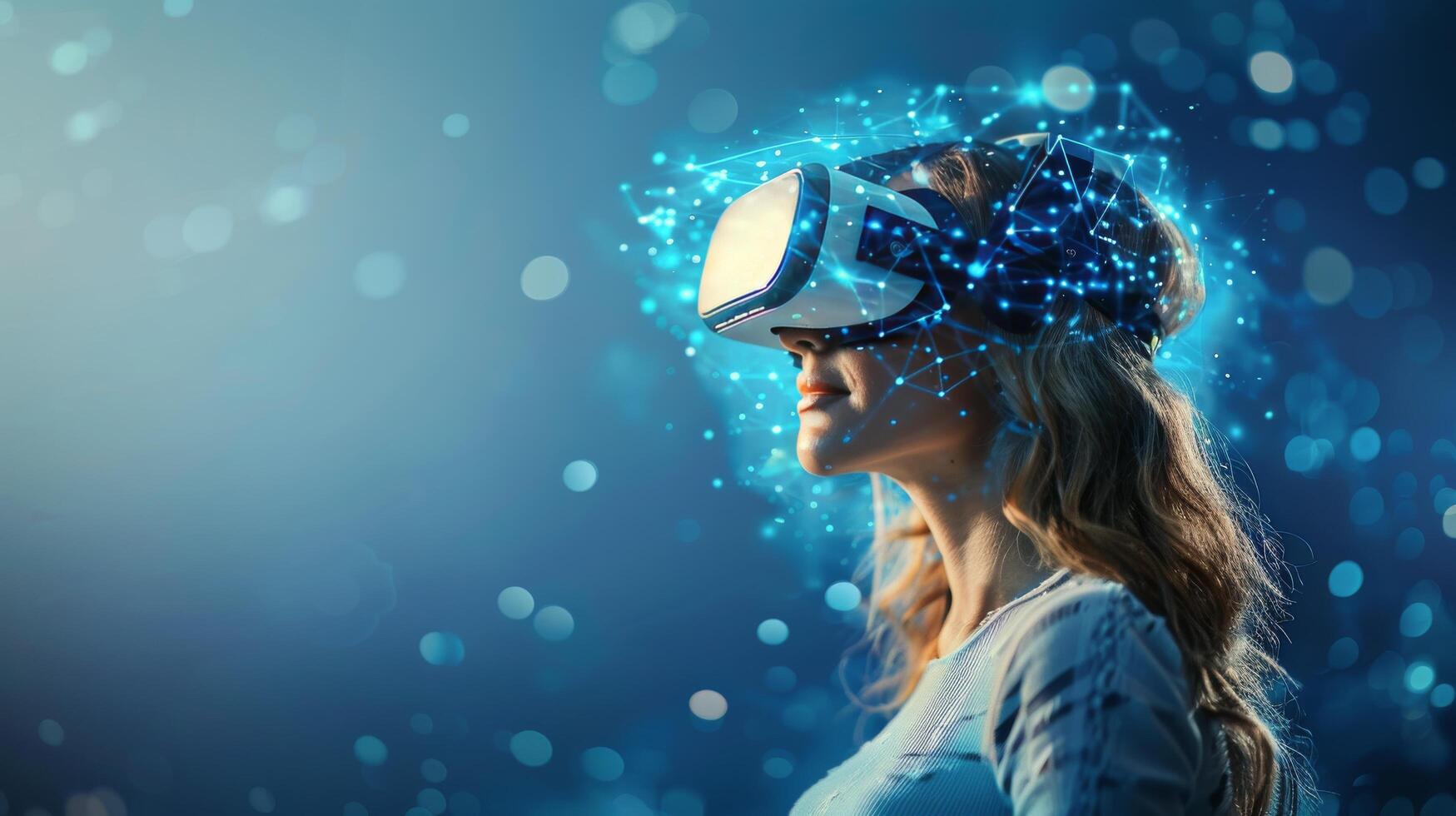
Every successful XR project begins with a clear and aligned vision. When a company approaches an XR development agency, the first step is often a discovery AR development session to define the goals, target users, and expected outcomes. Is the project meant to educate, entertain, sell, or train? Should it be built for VR headsets, mobile AR, or cross-platform compatibility? During this phase, the agency digs deep to understand the brand’s identity, existing pain points, and desired impact. This collaboration ensures that creativity is grounded in strategic value—turning abstract ideas into focused digital experiences.
- Crafting the user Journey: Designing for Immersion and Interaction
Once the vision is set, the design phase begins. XR development agencies combine user experience (UX) and user interface (UI) design with spatial storytelling to map out how users will interact with the experience. Unlike traditional apps, XR design considers 3d space, physical movement, hand tracking, and real-world overlays. This involves creating detailed wireframes, mood boards, storyboards, and interaction flows that represent every element of the experience—from the moment a user enters a virtual environment to how they engage with digital objects. The goal is to make the experience intuitive, immersive, and emotionally resonant. - Prototyping and Testing: Building Before Building
Before diving into full-scale development, most XR agencies develop rapid prototypes to test functionality, flow, and user behavior. These prototypes act as a virtual rough draft—often built using platforms like Unity, Unreal Engine, or WebXR—allowing clients to interact with a simplified version of the product. Prototypes help identify issues early, such as motion sickness triggers, awkward controls, or visual clutter. With feedback from stakeholders or even small user groups, the agency can iterate quickly, saving time and money while ensuring the final product is user-friendly and on-brand. - Development and Integration: Bringing Worlds to life
This is where the magic happens—turning designs and prototypes into fully functioning XR experiences. Developers write code, implement interactions, integrate animations, and optimize performance for different platforms. XR development requires a blend of technical disciplines, including 3d modeling, spatial audio, physics simulation, and input handling (e. g., gestures, controllers, eye-tracking). Agencies often collaborate closely with 3d artists and engineers to ensure that digital environments feel lifelike and responsive. At this stage, attention to detail—like lighting, haptic feedback, and transition animations—makes a massive difference in realism and immersion. - Testing and Deployment: Polishing and Going Live
Quality assurance in XR is more than fixing bugs—it’s about ensuring the experience is comfortable, intuitive, and consistent across devices. Agencies conduct extensive testing to evaluate motion, latency, user flow, and environmental triggers. They also assess accessibility features, localization needs, and hardware compatibility. After testing, the agency prepares for deployment—whether to app stores (like Oculus Store, SteamVR, or iOS for AR apps), enterprise networks, or public events. Each deployment is tailored to the project’s distribution needs, ensuring a seamless rollout and easy onboarding for end users. - Post-Launch Support: Evolving with Feedback and Technology
Even after launch, the journey isn’t over. XR development agencies offer ongoing support, updates, and analytics tracking to refine the experience and address real-world feedback. User behavior insights, such as where users spend the most time or drop off, help guide updates and content expansion. Agencies may also assist in scaling solutions, integrating new hardware (e. g., Apple Vision Pro, Meta Quest 3), or adding multiplayer functionality. With XR tech evolving rapidly, having a development partner ensures your virtual world continues to grow, adapt, and deliver value over time.